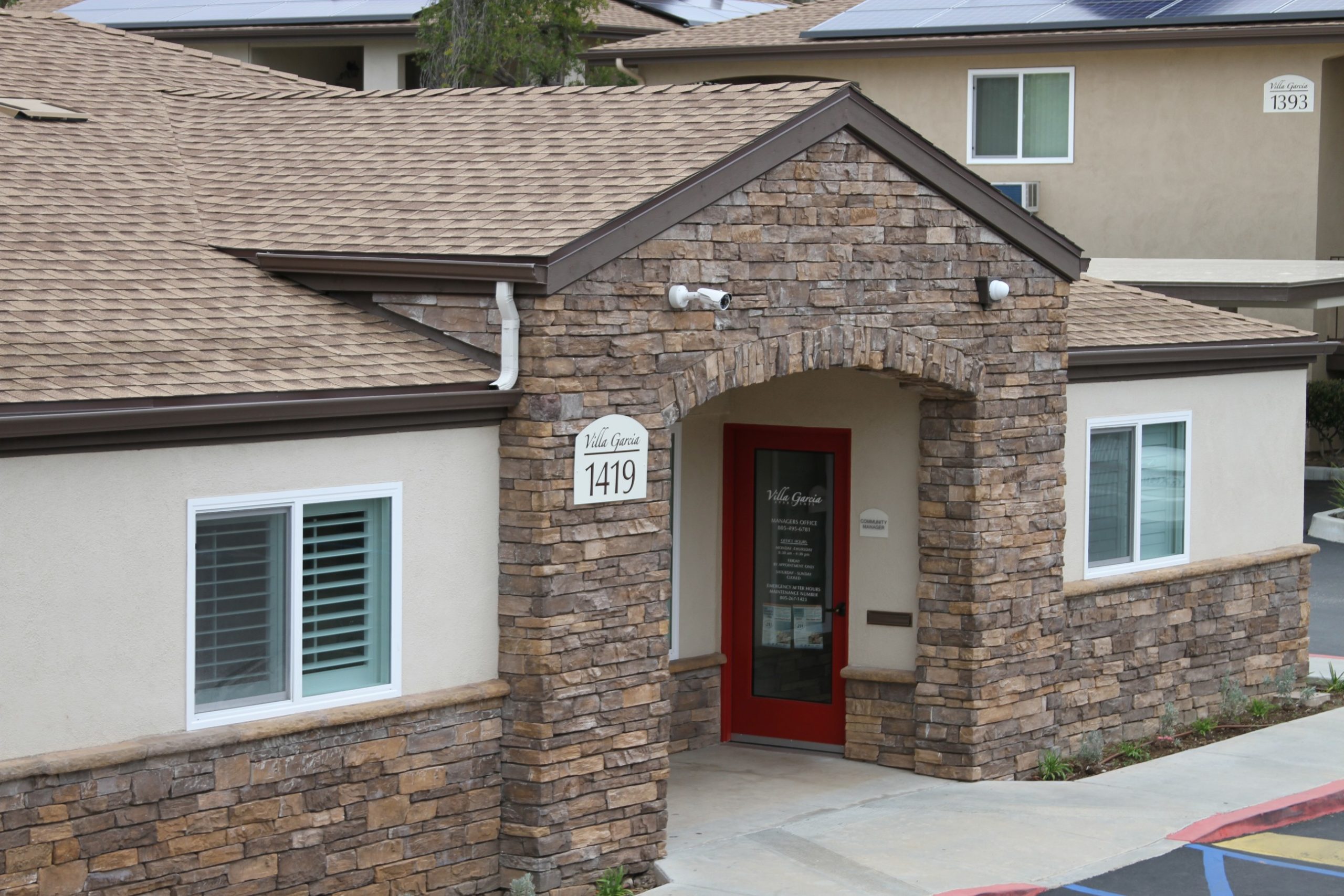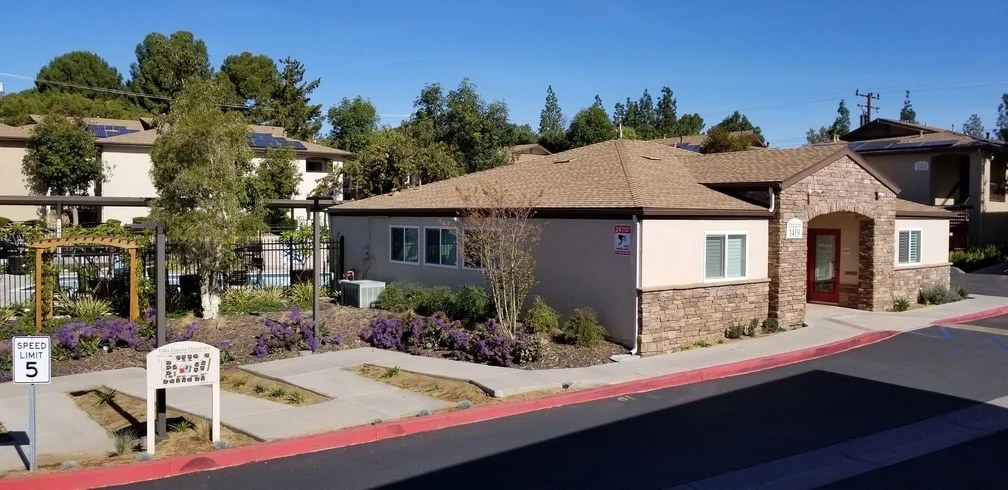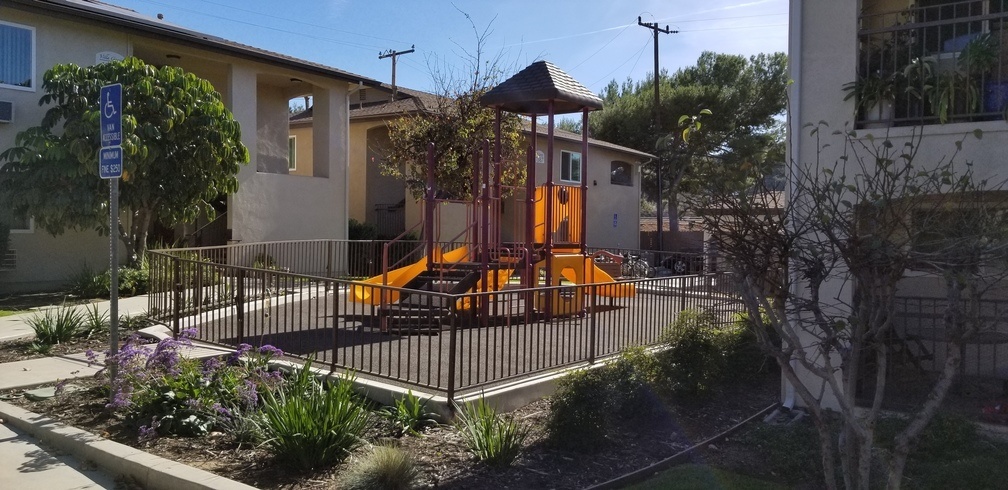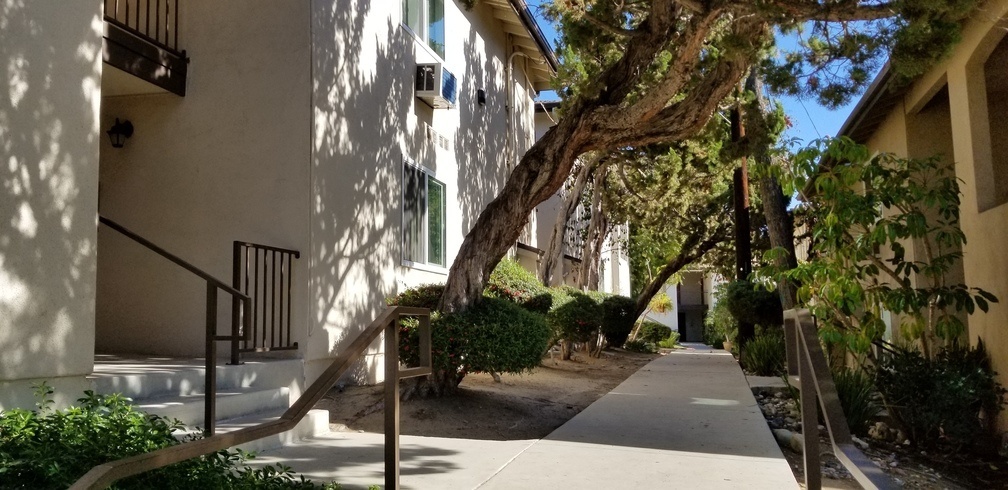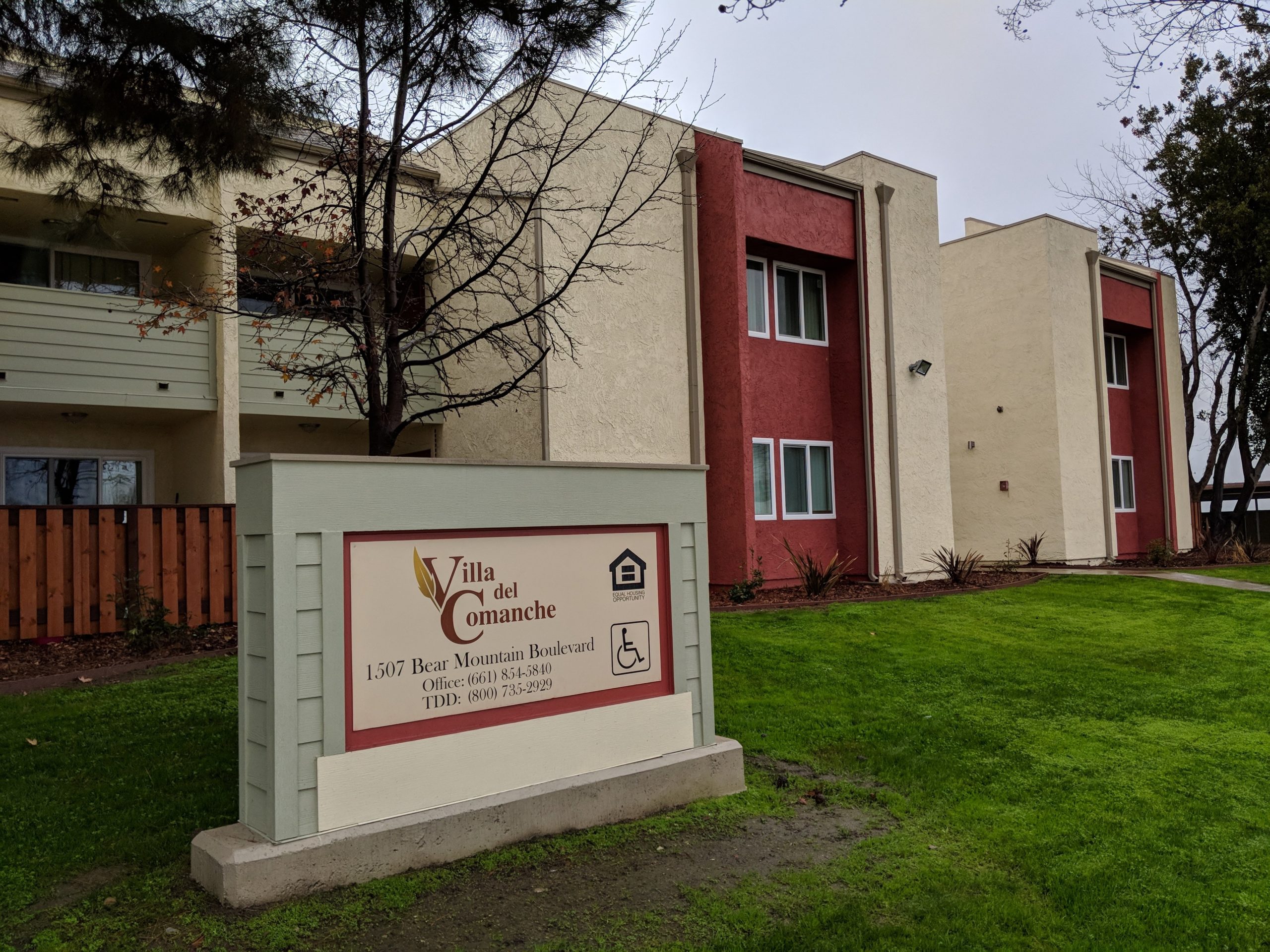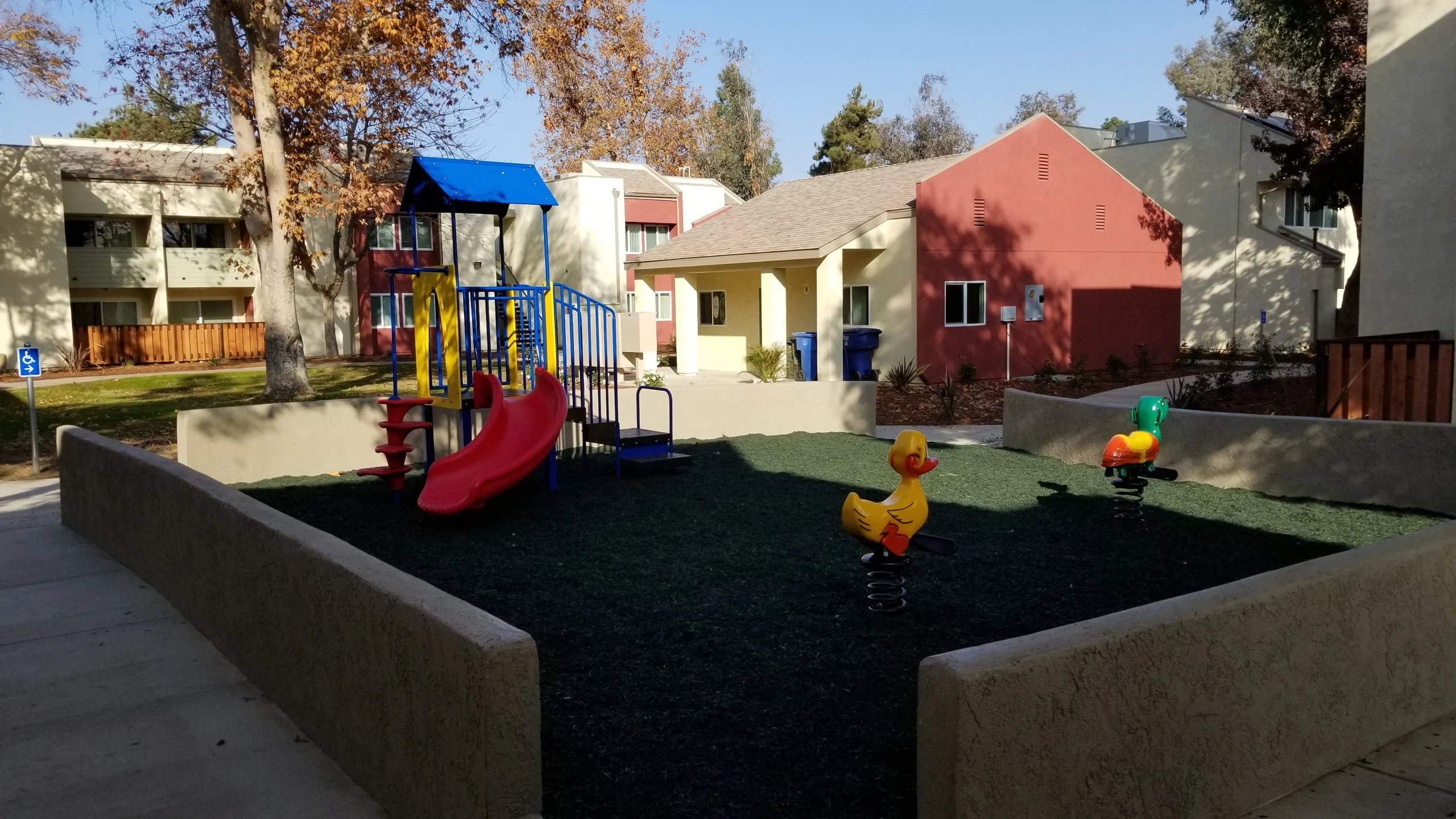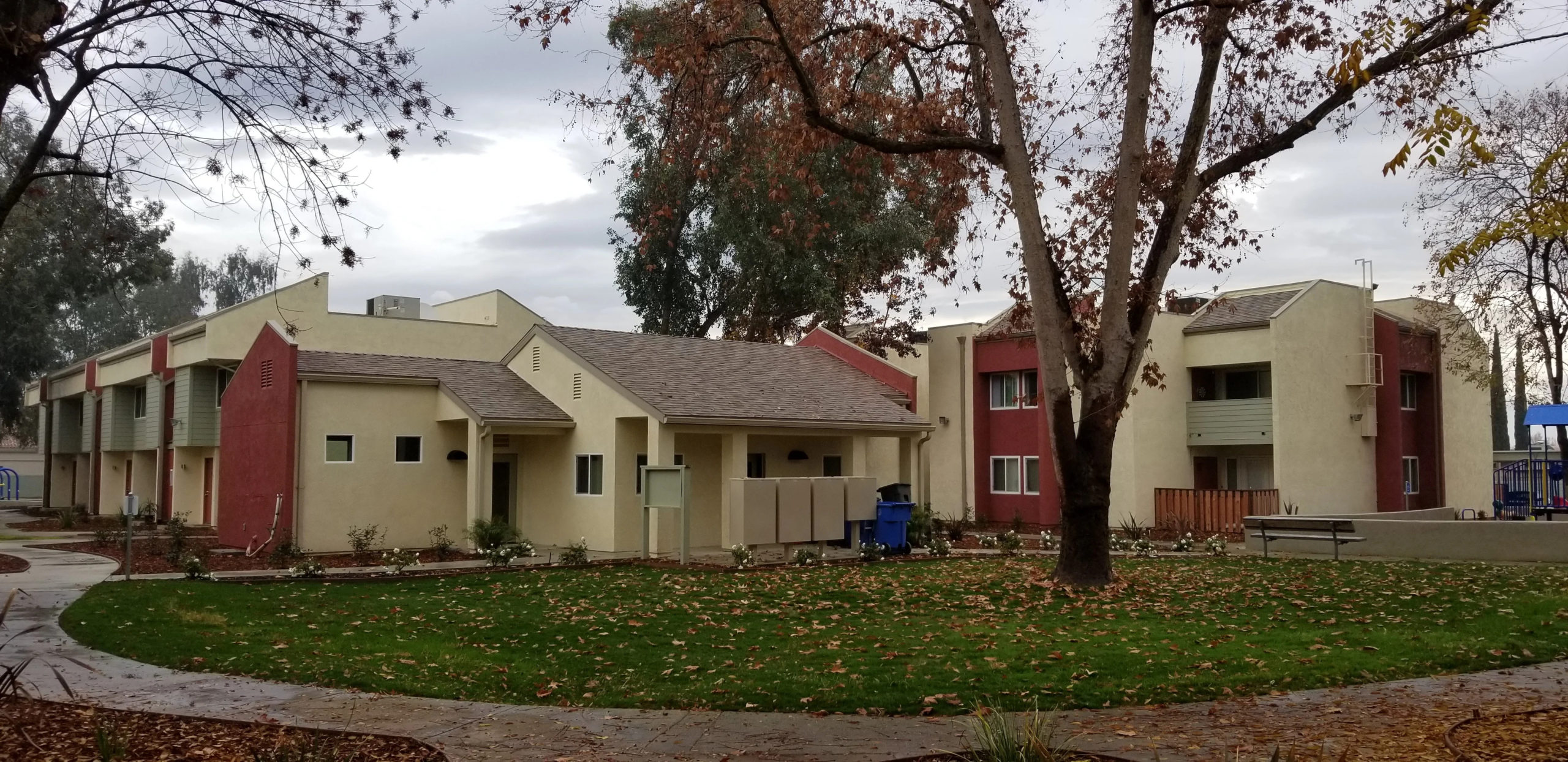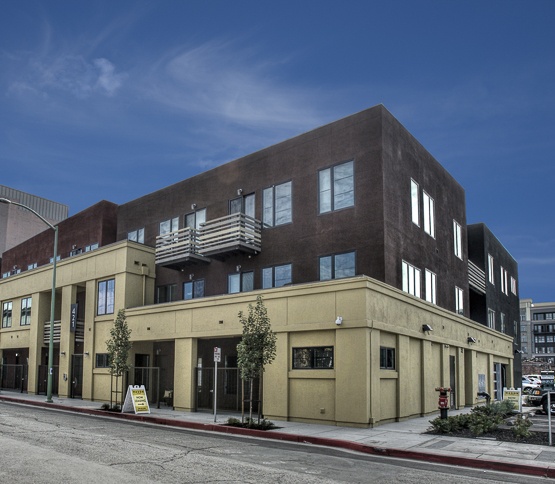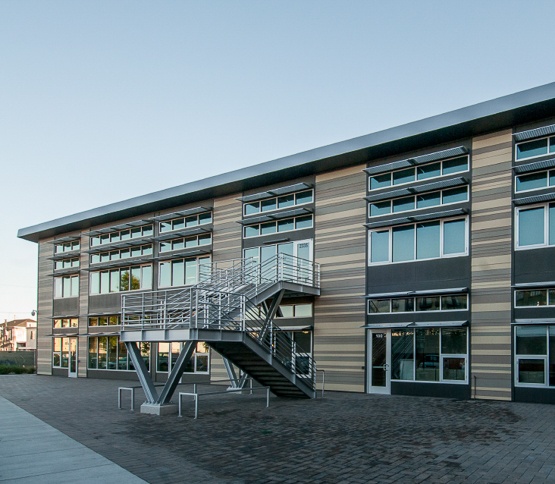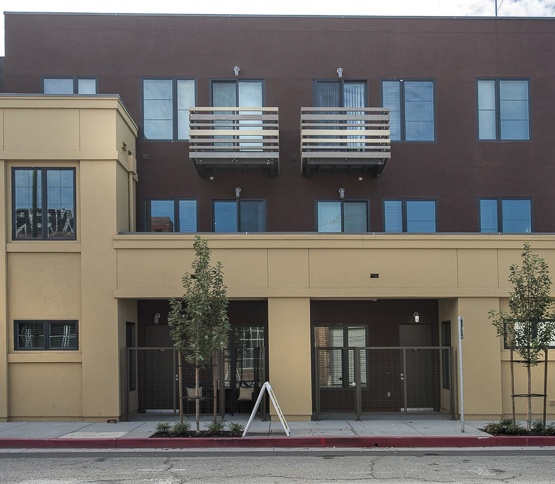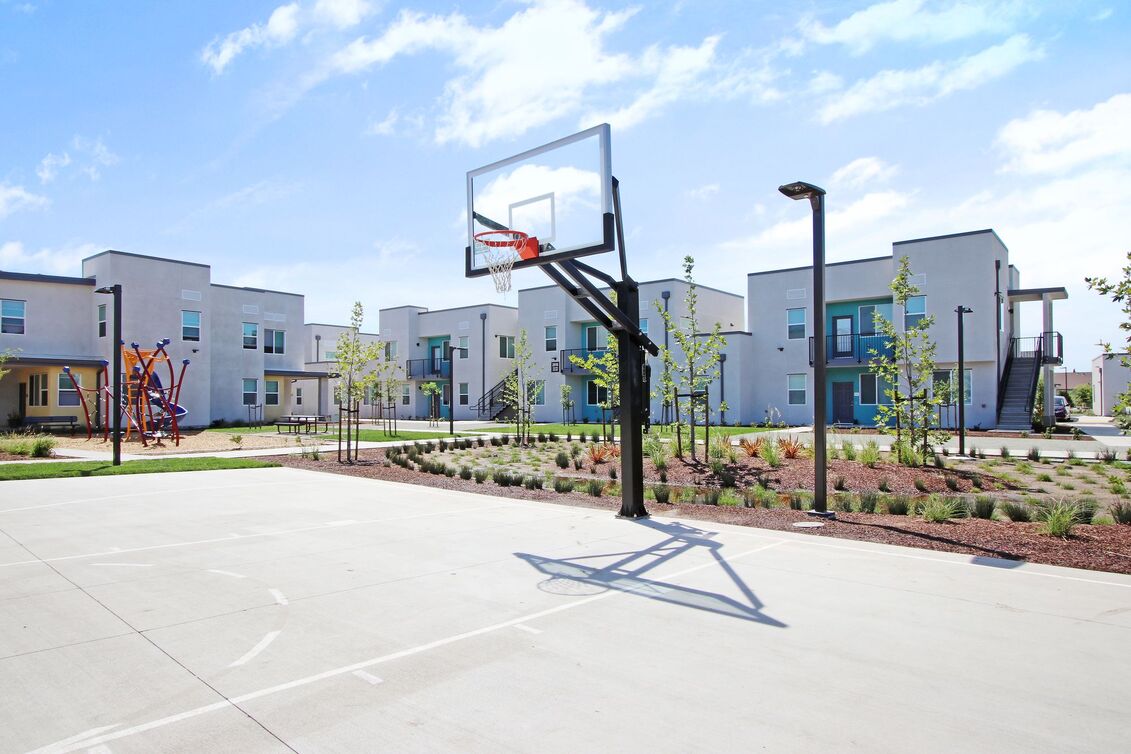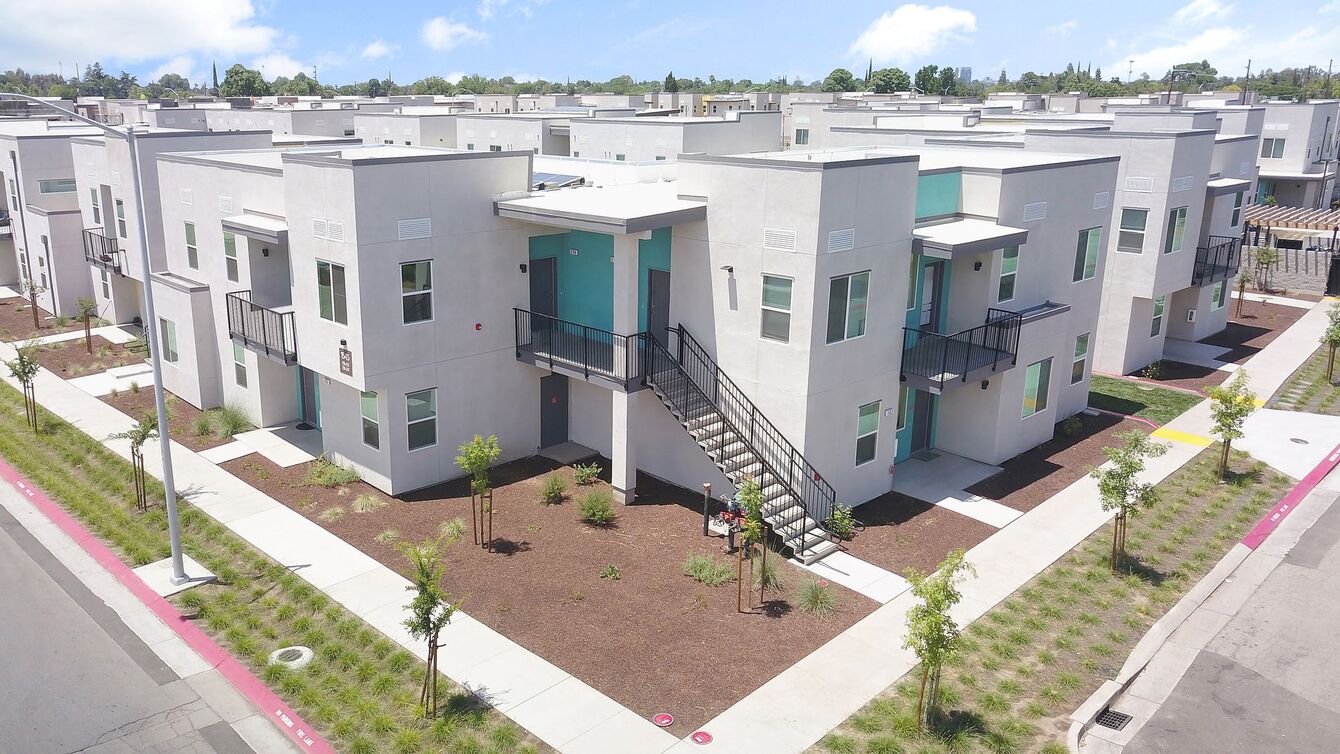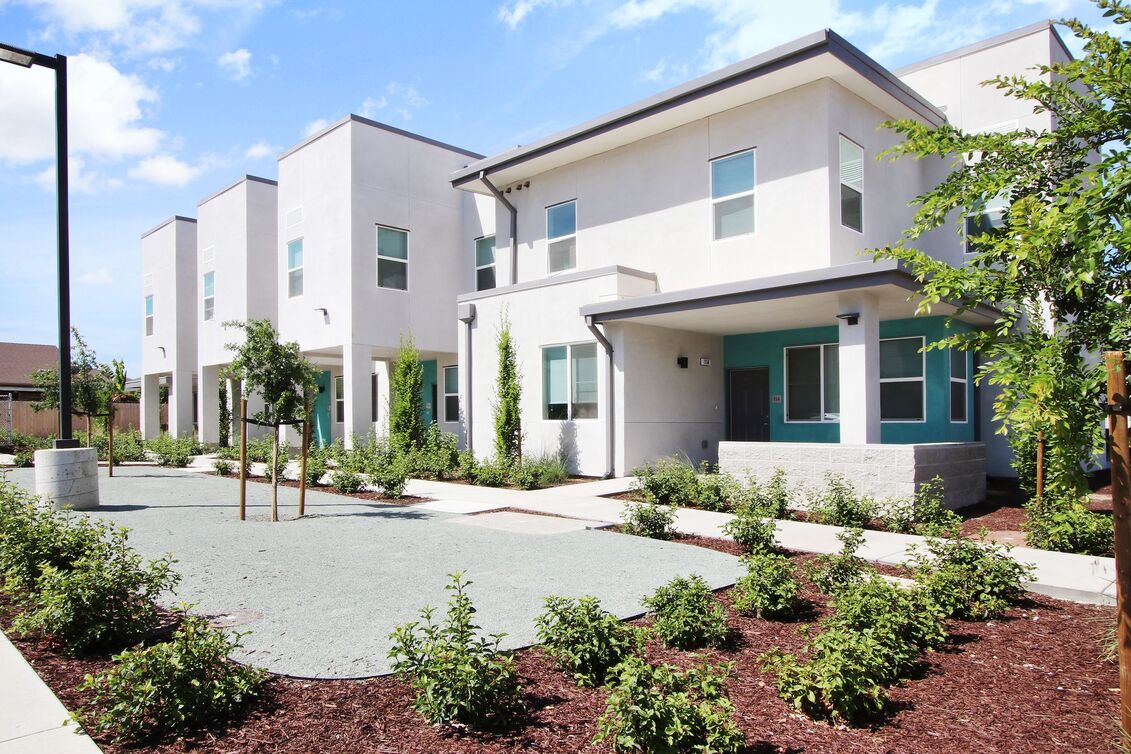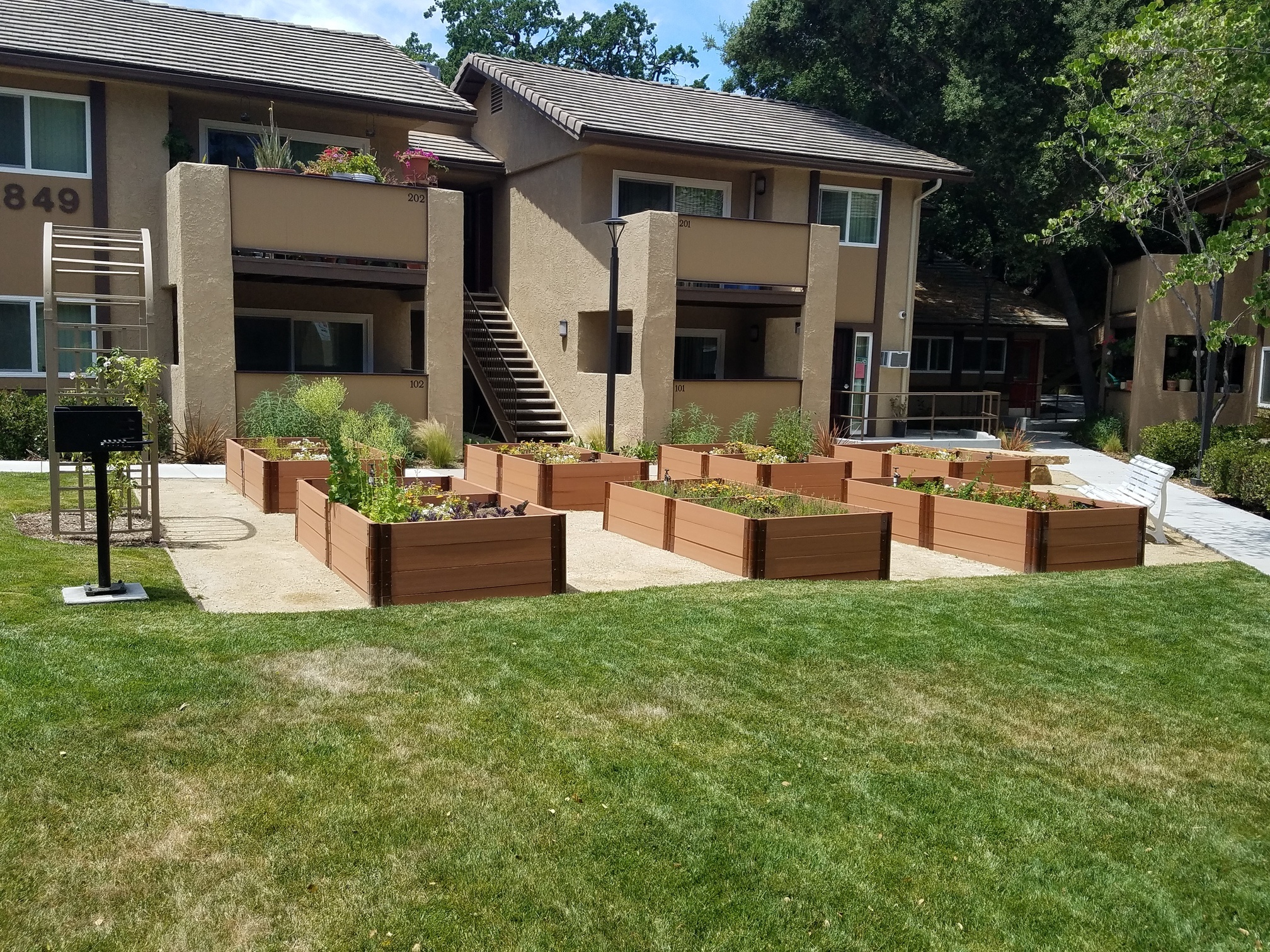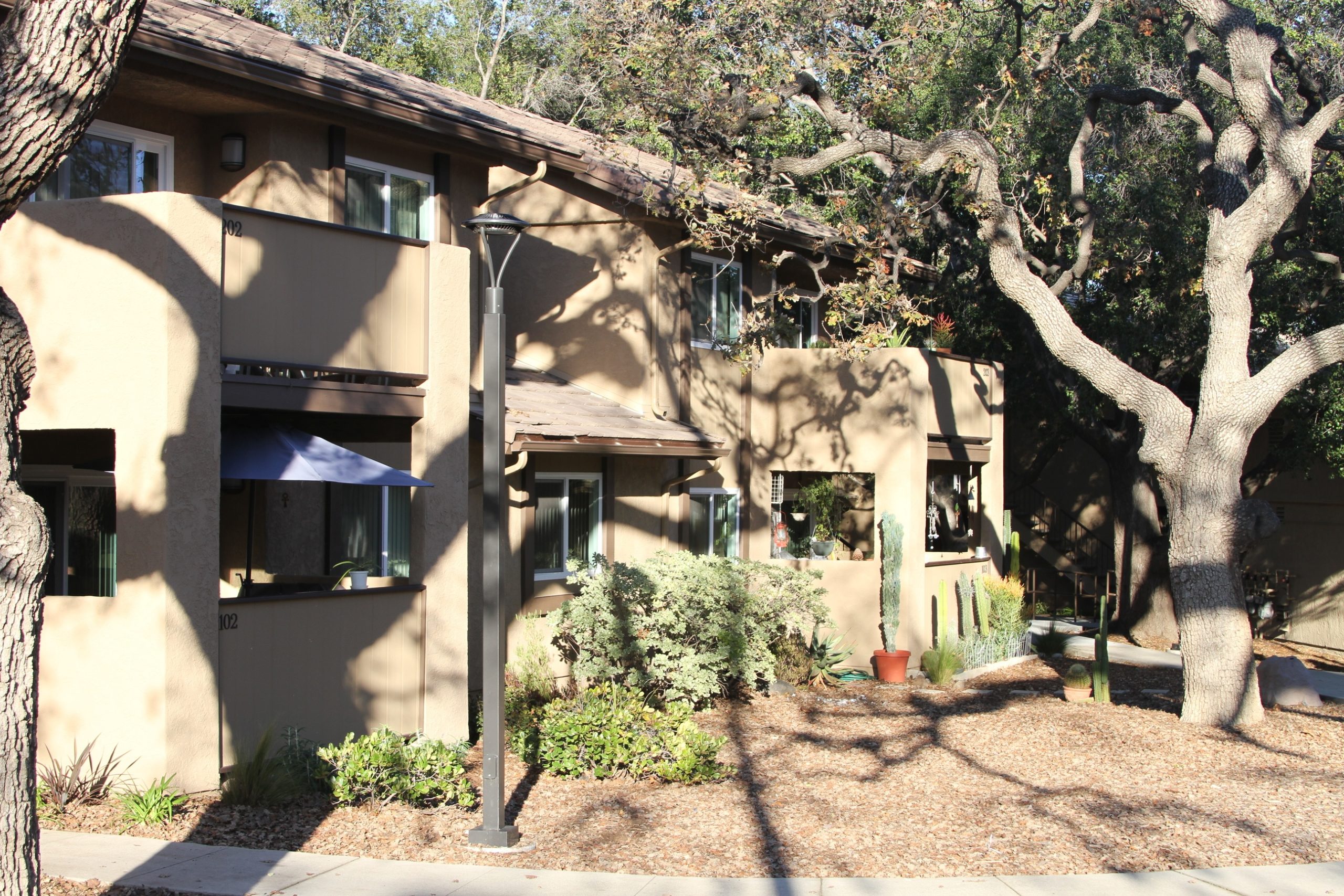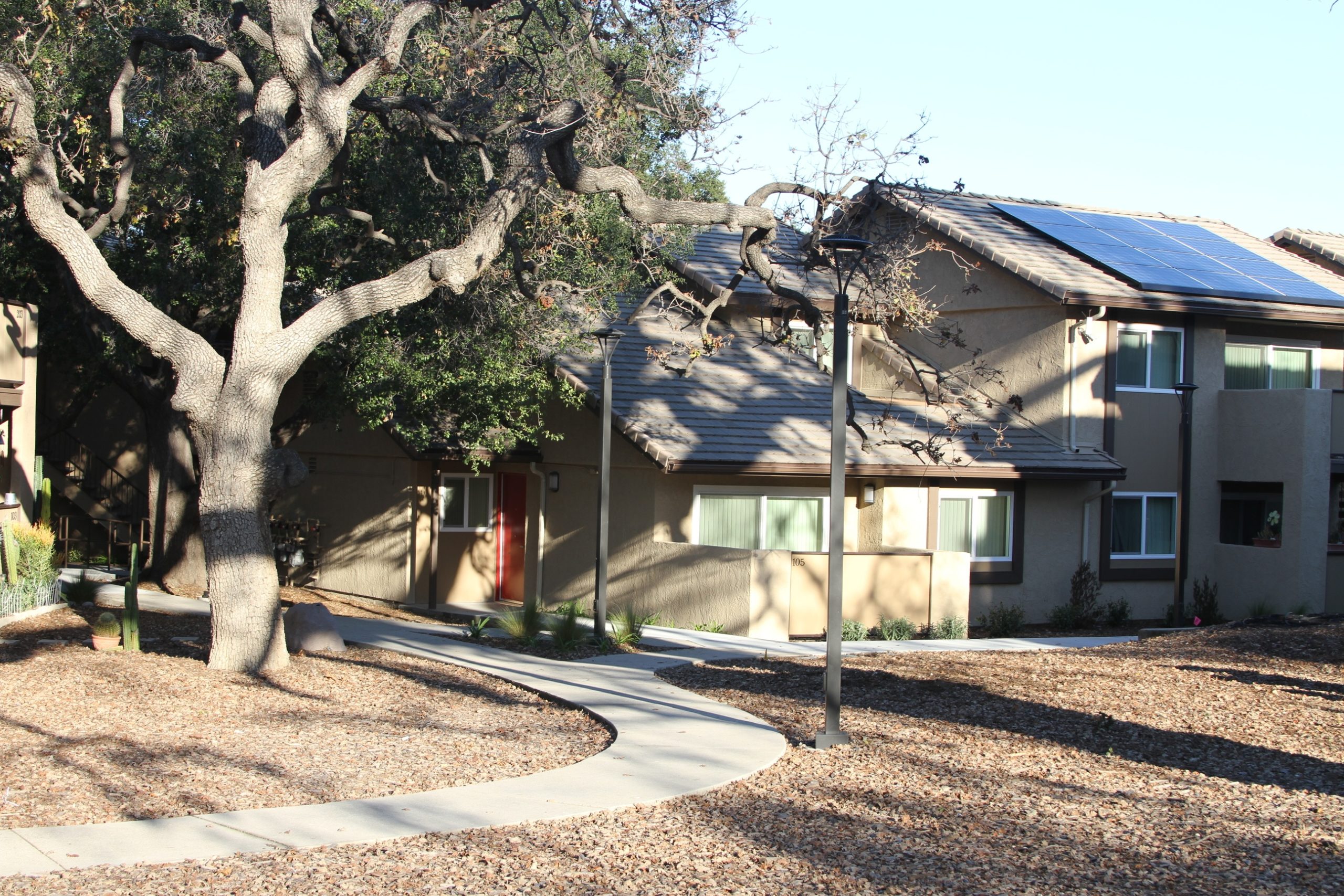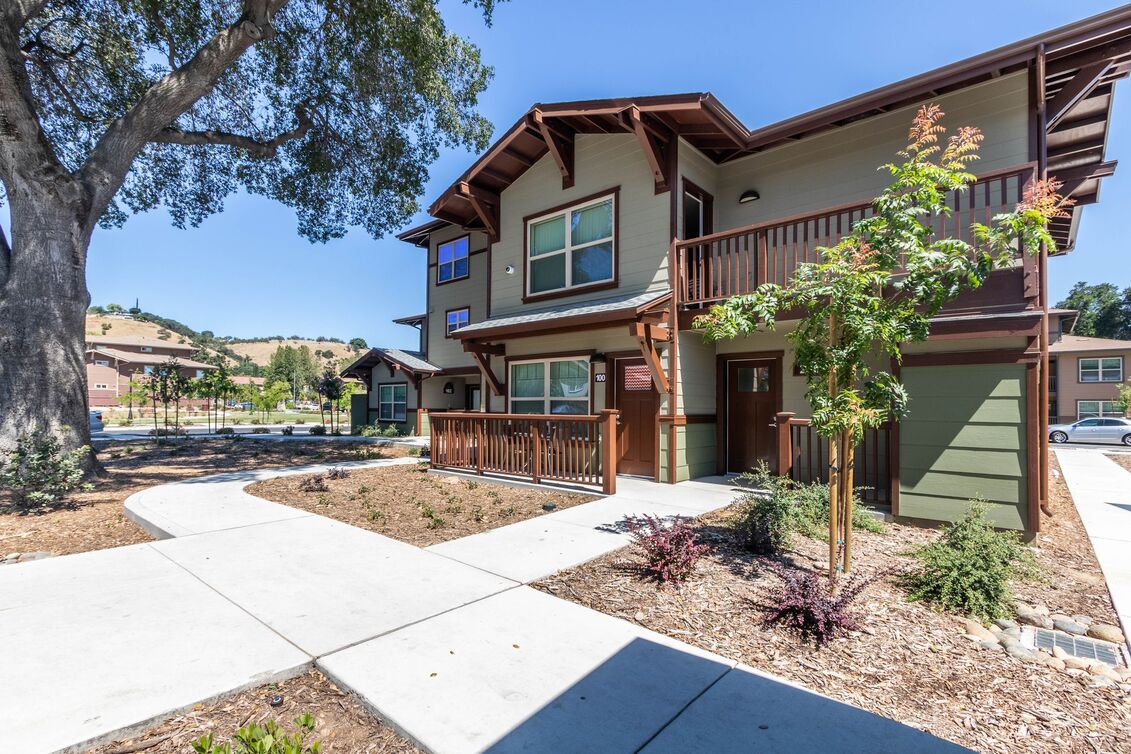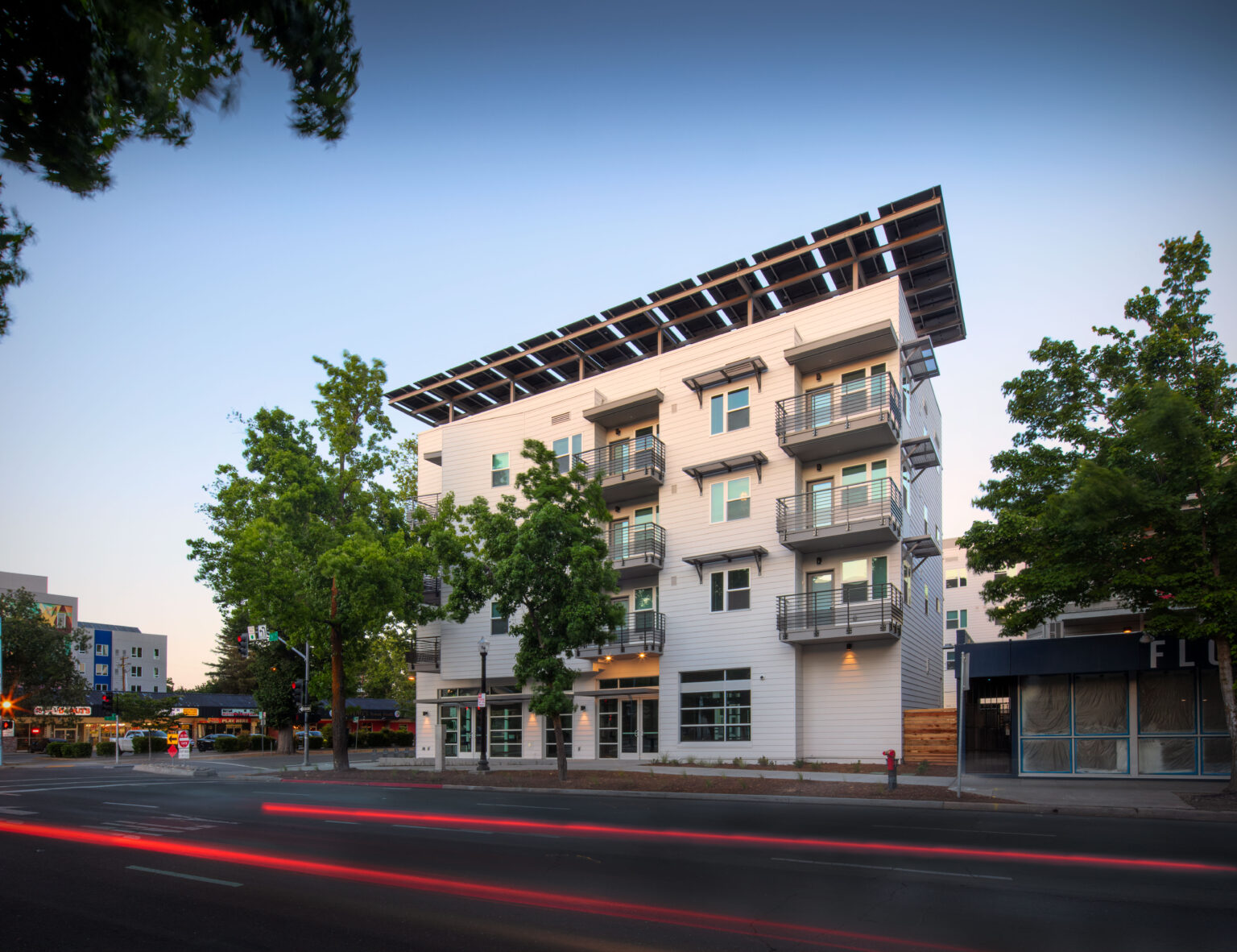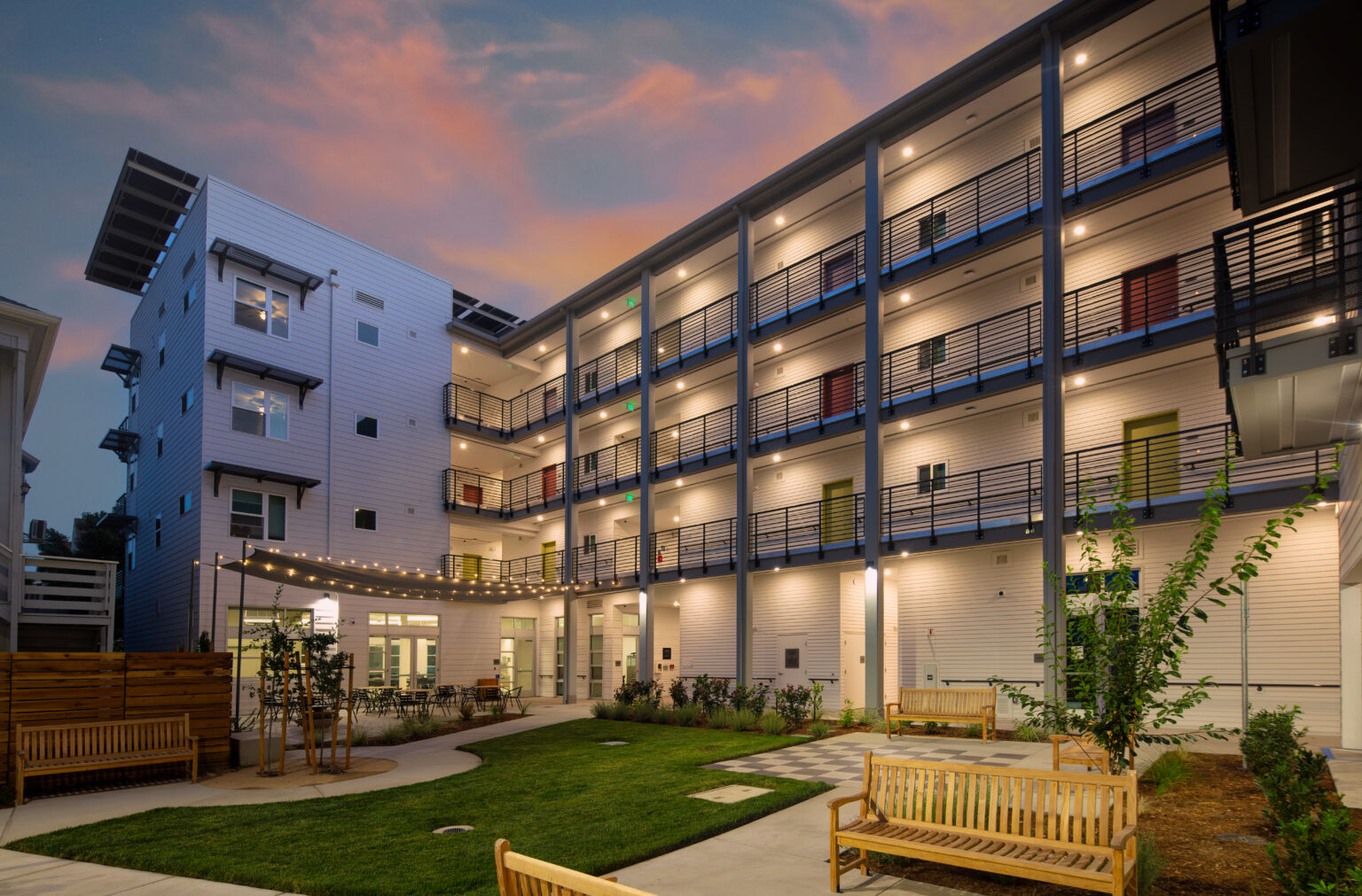Thanks to the Zero Net Energy standards passed by the state of California last year, we are well on our way to becoming a world leader in zero net homes. However, many of us remain skeptical about the feasibility of these objectives. Can the single biggest change in the history of home building and energy efficiency be achieved in 755 business days?
A lot of the apprehension surrounding ZNE 2020 is due to the lack or information some architects and builders have about it. Not knowing what ZNE means or how to actually implement it creates a lot of worry for architects and builders who have done it a certain way for so long.
Our goal with this post is to lay out, in simple terms, exactly what Zero Net Energy means in California, discuss the feasibility of zero net energy homes, as well as what we consider to be the best strategies to get there.
So, what exactly does zero net energy mean?
Originally the California Energy Commission defined Zero Net Energy Code Building as follows: “A Zero Net Energy (ZNE) Code Building is one where the net amount of energy produced by on-site renewable energy sources is equal to the value of the energy consumed annually by the building……. using the California Energy Commission’s Time Dependent Valuation (TDV) metric.”
This definition left a lot of room for interpretation, and it was difficult for the professionals in the industry to understand exactly what was required. Because of the lack of clarity and difficulty of each definition, the California Energy Commission (CEC) decided to revise the definition.
The revised definition reads, “The societal value of energy consumed by the building over the course of a typical year is less than or equal to the societal value of the on-site renewable energy generated.” (California Energy Commission 2011). The biggest change to the definition is the “societal value of energy”, that is, “the long-term projected cost of energy including cost of peak demand and other costs including projected costs for carbon emissions, e.g., the time dependent valuation (TDV) of energy.”
TDV approximates the market-value of energy, taking into account the hour of day, day of week, and time of year when energy is used. Essentially, California is putting a higher value on a kWh of energy during peak loads, than on a kWh of energy during other times. Simply put, the cost of a kWh of energy at 2am is significantly less than at 2pm.
Zero net energy: Technical vs economic feasibility
Zero net energy buildings provide a technically feasible approach to reducing energy consumption in buildings. These buildings are designed and constructed to generate all of the energy they require through a combination of energy efficiency and renewable energy generation technologies.
Although this is technically feasible, under standard conditions zero net energy buildings are not economically practical. One issue that is generating criticism for net zero initiatives in California is cost. Generally, there is about a 10-15% increase in cost for net zero homebuilding projects. To put that into perspective, it costs about [$50-100] per square foot to take an existing building to ZNE, and between [$50-100K] to make an existing home ZNE.
There is a learning curve that has to be surpassed, one that impacts a lot of people. For a builder who constructs one or two houses a year, how many houses can he lose money on, and still stay in business before he overcomes his learning curve?
Only time will tell how these regulations will perform in California.
The impact on the architectural field
The changes we see on the horizon are daunting for architects, for their role and responsibilities need to be redefined.
Net zero policies mean that designing residential houses and commercial buildings is going to become professionally more demanding. In the past, architects just sat down with a pencil and paper and designed a structure. They had to keep some building codes in mind, but now, for the first time, they will have to have take energy efficiency compliance into full consideration right from the design stage.
Furthermore, architects will find aesthetic sensibilities falling in importance as a balanced energy budget rises in importance. Different designs might be welcoming or whimsical, but the outcomes of the creative process can only be entertained if the final design draws less energy than it produces. With limited time and resources, builders will pay less attention to aesthetic concerns in proportion to their level of commitment to zero net.
Advancing to Zero Net 2020
The best advice we give our clients is: Take it slow, but start now!
Start by implementing small energy efficient features into each project, and incorporate as much of this code cycle as you can in existing projects. And finally, get as knowledgeable as possible on this! Ask questions, read, get assistance from an experienced energy consultant.
But no matter how you approach it, when designing a zero net building, finding the sweet spot among trade-offs like cost, comfort, and performance isn’t easy for most architects.
We can help you understand the different scenarios in terms of energy efficiency and help reduce cost, optimize budget and develop best practices to ensure your building projects are compliant with ZNE 2020.






